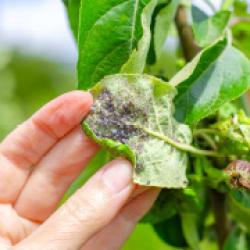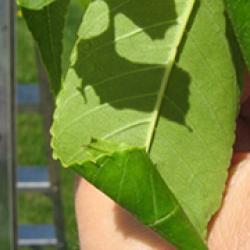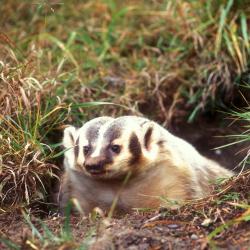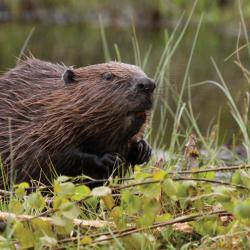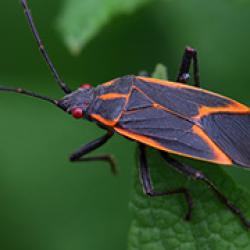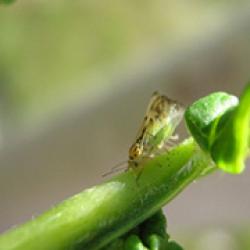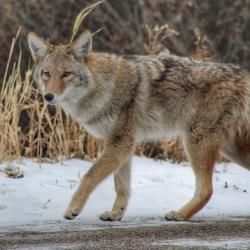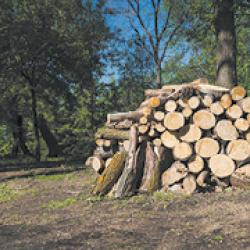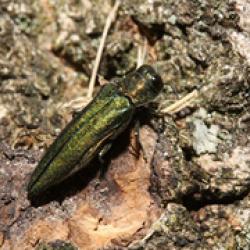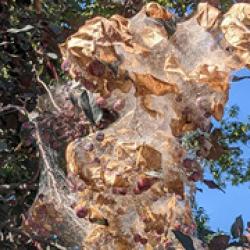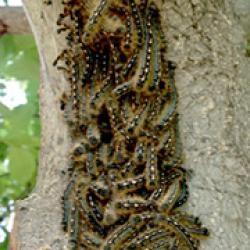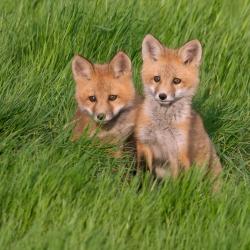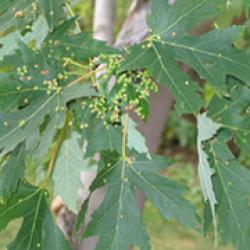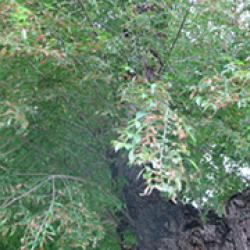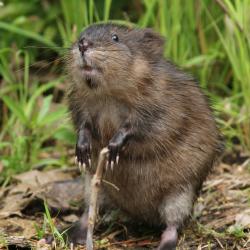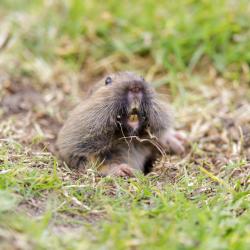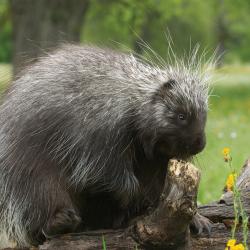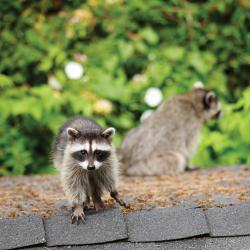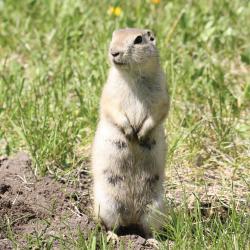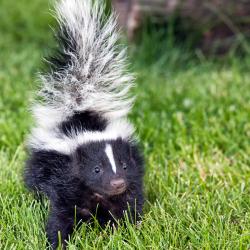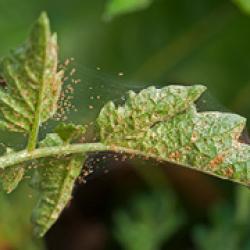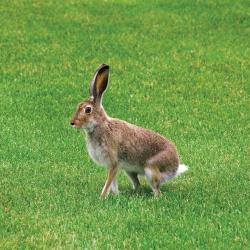Wildlife Management
New Bylaw in Effect: Do Not Feed Wildlife
Feeding wildlife - such as deer, coyotes, raccoons and other wild animals - may seem harmless, but it can have serious consequences. These animals are not pets and are able to find their own food. Feeding them disrupts their natural behaviour, can harm their health and increase the risk of aggressive encounters with people.
To help protect both residents and wildlife, City Council has approved new bylaw amendments that prohibits the feeding of wildlife on all public and private property in Saskatoon. Learn more about the bylaw changes and how you can help keep wildlife wild: News Release
With it's beautiful green spaces and natural wildlife corridors, Saskatoon offers shelter to many species of wildlife such as coyotes, skunk, foxes, moose, deer, rabbits, porcupines, beavers and muskrats. It is normal to encounter urban wildlife and we encourage you to learn about their behaviour so that we can coexist peacefully. The City of Saskatoon offers select services related to wildlife that you can explore below.
For concerns about wildlife in Saskatoon, please call Urban Biological Services at 306-975-3300. If there is an emergency after hours, please call the 24-hour Customer Service Center at 306-975-2476. For concerns about larger animals (e.g., moose, deer, bears), contact the Saskatchewan Ministry of Environment at 306-933-6240.
Useful links
